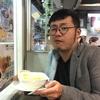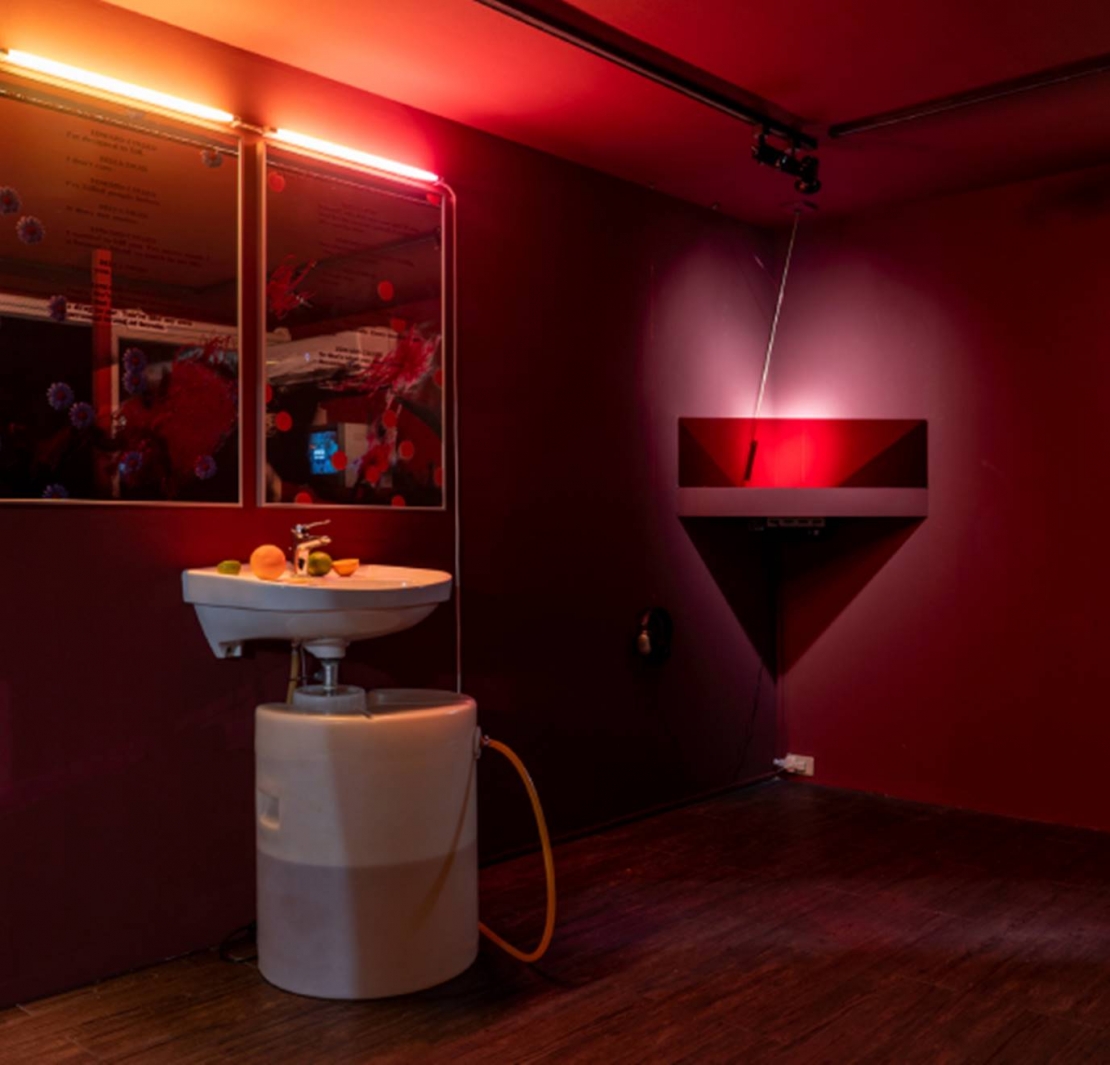The LGBTQ rights movement in Taiwan turned a victorious page in 2019: Taiwan became the first country in Asia to legalize same-sex marriage, standing in solidarity with Australia and New Zealand in the Asia Pacific region. In 2017, the Museum of Contemporary Art Taipei (MOCA Taipei) presented Spectrosynthesis– Asian LGBTQ Issues and Art Now, the first LGBTQ-themed exhibition held by a public museum in Asia. Curated by Sean C.S. Hu and facilitated by Patrick Sun, the collector and the Executive Director of Sunpride Foundation, the exhibition featured works by De-jinn Shiy (1921-1981), Gu Fusheng (1935-2017), and Hou Chun-Ming (1963-). It highlighted Taiwanese, Hong Kongese, Chinese, and Chinese American artists, and surveyed practices dated from the Modernist period to the late-1980s and contemporary time. To expand the discussion surrounding gender and media, Taiwanese artist Shu Lea Cheang and curator Paul B. Preciado brought the notion of discipline and surveillance into international attention at the Taiwan Pavilion at the Venice Biennale in 2019.
Before the public was aware of the gender and LGBTQ discourse in Taiwan, most related exhibitions or events were held in alternative spaces, amongst them Chi-Wen Gallery and YIRI Arts. In 2010, Nanhai Gallery presented The Project of GinGin curated by Gao Lee-Jhe, focusing on the estranged and ostracized social condition of gay communities. In 2014, artist and curator Chen Han-Sheng launched Coexist Exhibition, a curatorial partnership between practitioners whose works deal with gender politics. Annual exhibitions such as Your Closed Eyes My Extinction (National Taiwan Museum of Fine Arts, 2015) and Diversity Via Nature: Religion, Gender, or Art? (pon ding, 2018) were products of this ongoing collaboration. In 2019, MOCA Taipei and the Taiwan HivStory Association co-hosted the exhibition Interminable Prescriptions for the Plague. Curated by Human as Hosts project organizer Kairon Liu in collaboration with several HIV and AIDS NGOs, this exhibition initiated exchanges beyond the constraints of a visual art institution. City Flip-Flop at Taiwan Contemporary Culture Lab (C-Lab) contemplated the politics and stigma of sex; and artists Ku Kuang-Yi, Lee Tzu-Tung, Yu Cheng-Ta, Orlando Huang, and Betty Apple have been pushing the boundaries of art by tapping into gender discussions with their interdisciplinary practices in the fields of biotechnology, new media, sound art, and performance.
Activist Chi Chia-Wei’s petition for the legalization of same-sex marriage in the late 1980s paved the way for the LGBTQ rights movement in Taiwan. Before same-sex marriage was finally legalized, artists had been confronting the construction of gender normality. Pioneering in the discussion were practitioners in the film, literature, and theatre industries. Now as “queer aesthetics” claims center stage in pop culture and subculture monitored by the fashion and design industry, rethinking gender in a revolutionary way should be a top priority in the arts. It is expected that the contemporary art world bridges gender politics and life thoroughly and critically.
 劉星佑( 58篇 )追蹤作者
劉星佑( 58篇 )追蹤作者熱愛第一代神奇寶貝,熟悉庫洛牌使用方法。專長當代影像評論、書畫研究,關注農業環境與性別議題。現為獨立策展與藝術創作。文章發表於典藏、Art Plus、藝術家雜誌、等平台。曾策展於香港牛棚藝術村、臺灣國立美術館數位方舟、臺北數位藝術中心、臺北國際藝術村、台南總爺藝文中心等。影像作品曾獲「臺北美術獎」優選、「台北國際攝影藝術獎」Grand Prix大獎。
